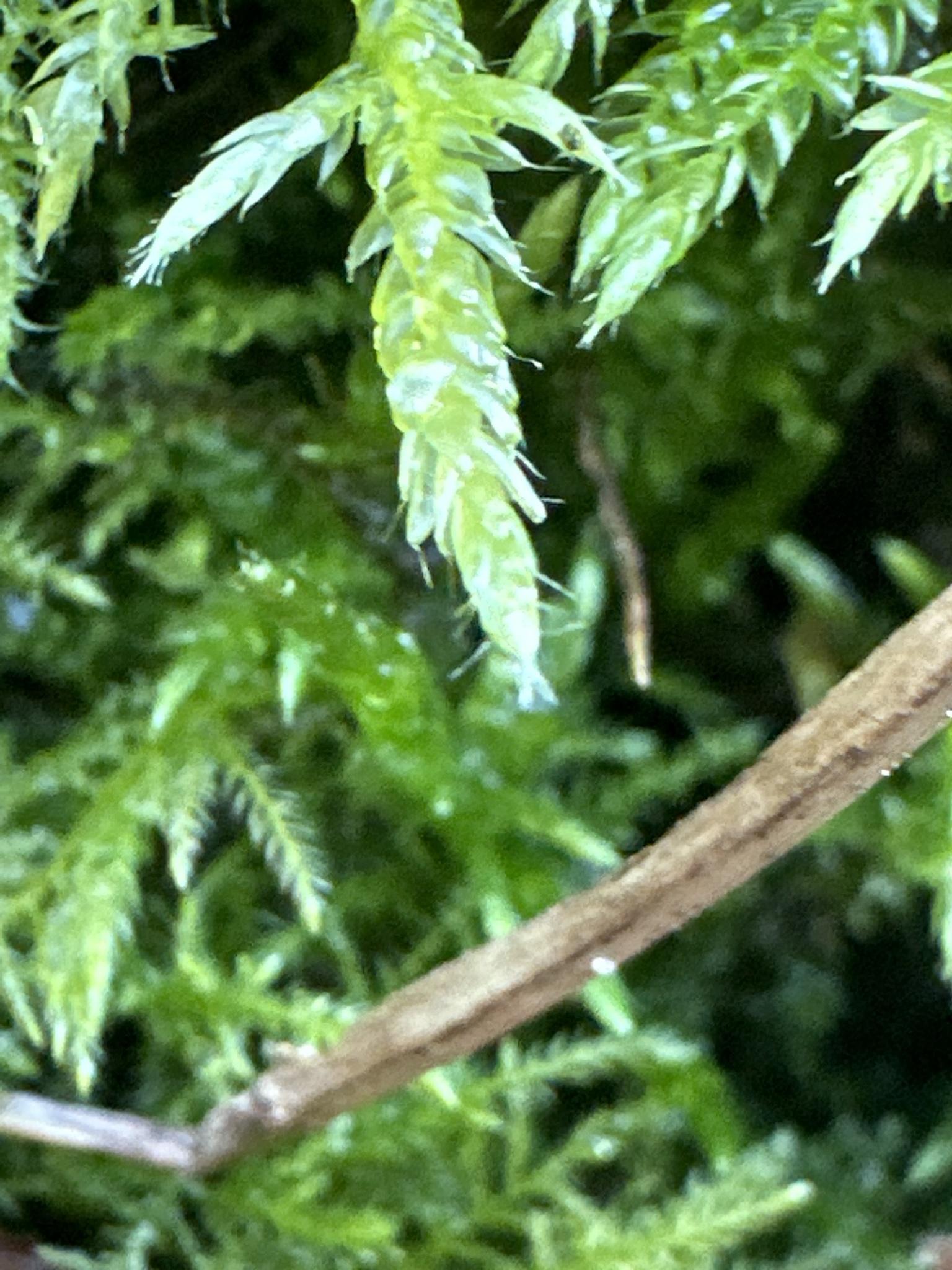
original.jpg from: https://www.gbif.org/es/species/2679759
Introduction
In the vast and captivating world of bryophytes, the Cirriphyllum cirrosum (Schwägr.) Grout moss stands out as a true marvel of nature. Belonging to the Brachytheciaceae family, this unassuming yet fascinating plant has captured the hearts of moss enthusiasts worldwide. Let’s embark on a journey to unravel the secrets of this remarkable species, commonly known as Cirriphyllum.
Background
Before we delve into the intricacies of Cirriphyllum cirrosum

153659537457414167.jpeg from: https://www.picturethisai.com/ru/wiki/Cirriphyllum_piliferum.html
, it’s essential to understand the broader context of bryophytes. These non-vascular plants, which include mosses, liverworts, and hornworts, are often overlooked but play a crucial role in various ecosystems. They are among the oldest land plants on Earth, dating back to the Paleozoic era, and have adapted to thrive in diverse environments.
Main Content
Morphology and Identification
Cirriphyllum cirrosum is a pleurocarpous moss, meaning its stems grow horizontally along the substrate. Its slender, creeping stems are adorned with delicate, curved leaves that give the plant a distinctive appearance. The leaves are ovate-lanceolate in shape, with a single costa (midrib) that extends partway up the leaf. When viewed under a microscope, the leaf cells reveal a intricate pattern of hexagonal shapes.
One of the most striking features of Cirriphyllum cirrosum is its ability to produce specialized reproductive structures called gametangia. These structures house the male and female reproductive organs, ensuring the continuation of the species through spore dispersal.
Global Distribution and Habitat
Cirriphyllum cirrosum is widely distributed across various regions of the world, including North America, Europe, Asia, and parts of Africa. It thrives in a variety of habitats, from moist forests and shaded rock crevices to stream banks and damp soil. This moss is particularly fond of cool, humid environments, where it can flourish and form lush carpets on the ground or tree trunks.
Ecological Roles and Adaptations
Despite its diminutive size, Cirriphyllum cirrosum plays a vital role in its ecosystem. It acts as a pioneer species, colonizing bare or disturbed areas and paving the way for other plants to establish themselves. Additionally, this moss contributes to soil formation and moisture retention, creating favorable conditions for other organisms to thrive.
One of the remarkable adaptations of Cirriphyllum cirrosum is its ability to withstand desiccation. During periods of drought, the moss can enter a state of dormancy, curling up its leaves to minimize water loss. Once moisture returns, it quickly revives, showcasing its resilience and ability to survive in challenging environments.
Case Studies/Examples
In a recent study conducted in the Pacific Northwest region of North America, researchers discovered that Cirriphyllum cirrosum played a crucial role in maintaining the biodiversity of old-growth forests. The moss provided a suitable microhabitat for various invertebrates, fungi, and other bryophytes, contributing to the overall health and stability of the ecosystem.
Technical Table
| Characteristic | Description |
|---|---|
| Phylum | Bryophyta |
| Class | Bryopsida |
| Order | Hypnales |
| Family | Brachytheciaceae |
| Genus | Cirriphyllum |
| Species | cirrosum |
| Growth Form | Pleurocarpous moss |
| Leaf Shape | Ovate-lanceolate |
| Leaf Cells | Hexagonal |
| Habitat | Moist forests, shaded rock crevices, stream banks, damp soil |
| Distribution | North America, Europe, Asia, parts of Africa |
Conclusion
The Cirriphyllum cirrosum (Schwägr.) Grout moss, or simply Cirriphyllum, is a true testament to the incredible diversity and resilience of bryophytes. From its intricate morphology and specialized reproductive structures to its vital ecological roles and remarkable adaptations, this unassuming plant continues to captivate and inspire moss enthusiasts around the globe. As we bid farewell to this fascinating species, a thought-provoking question lingers: What other wonders of the bryophyte world await our discovery and appreciation?